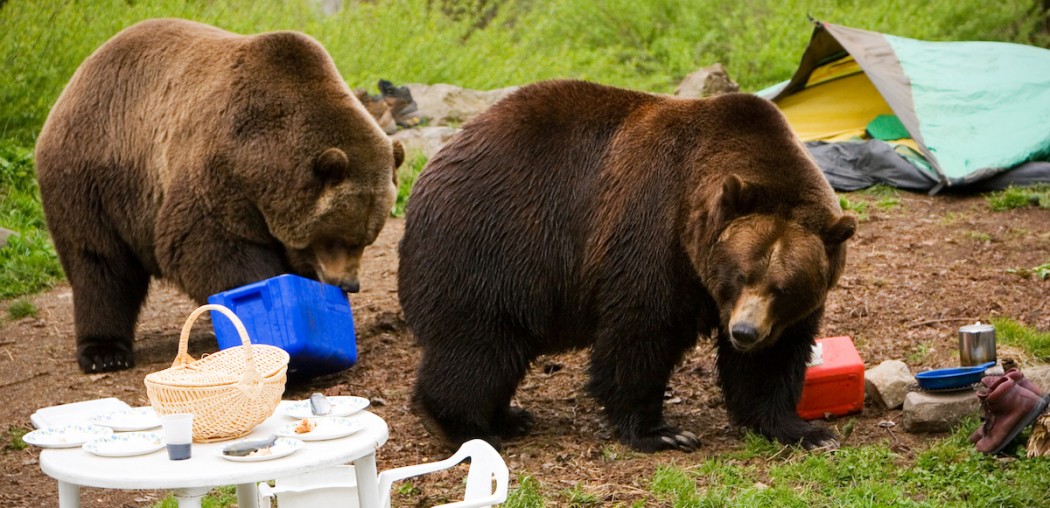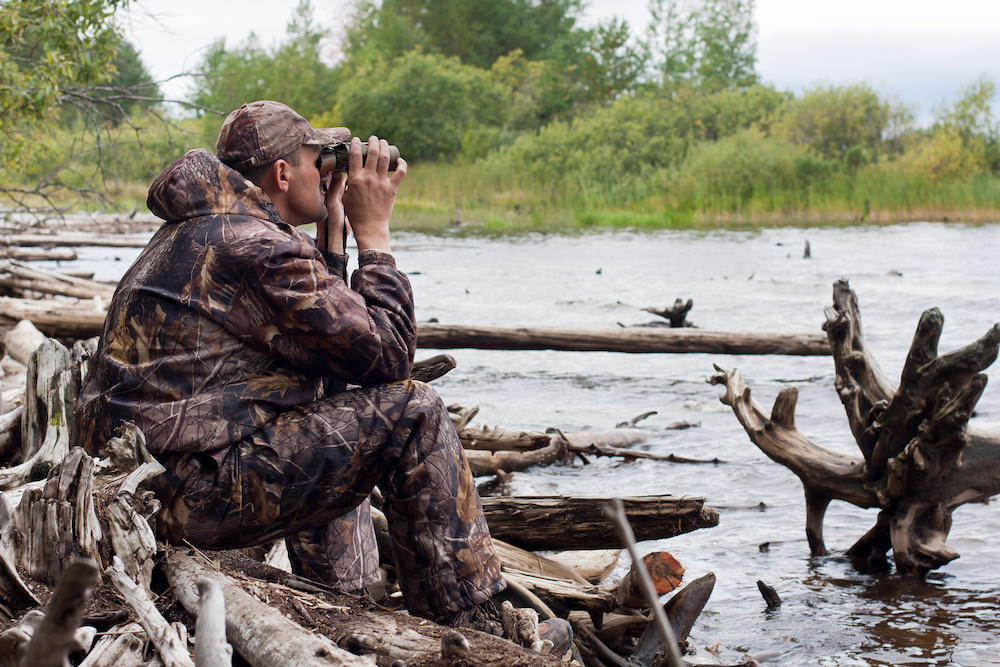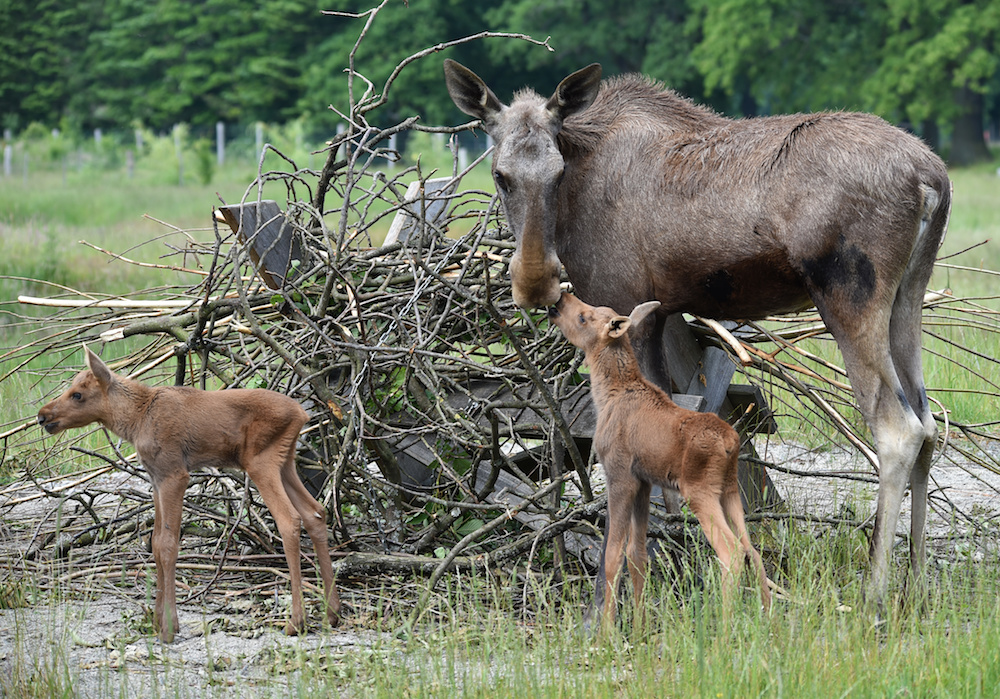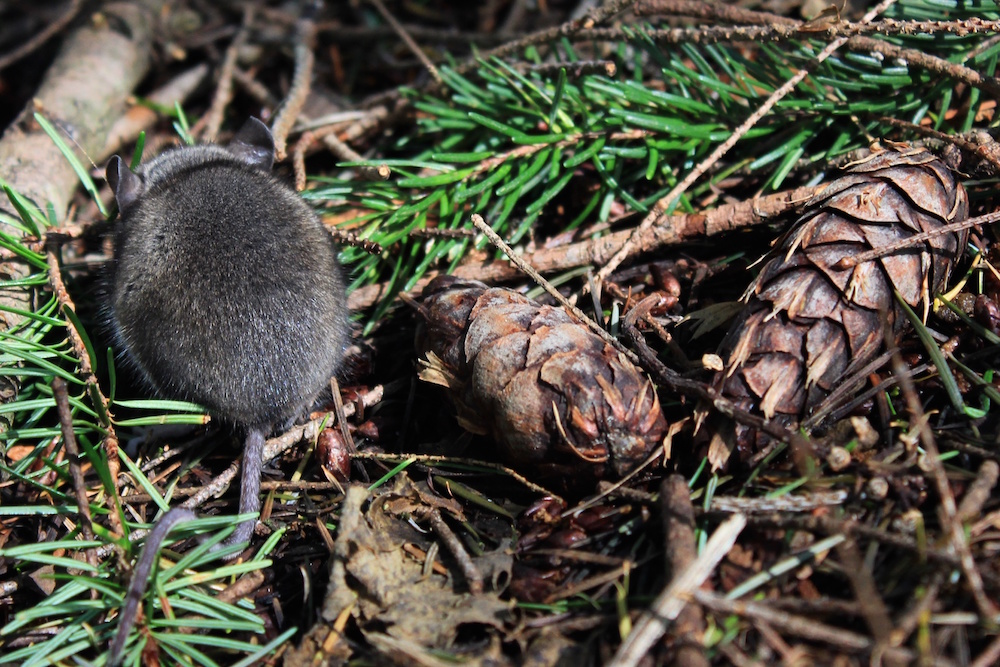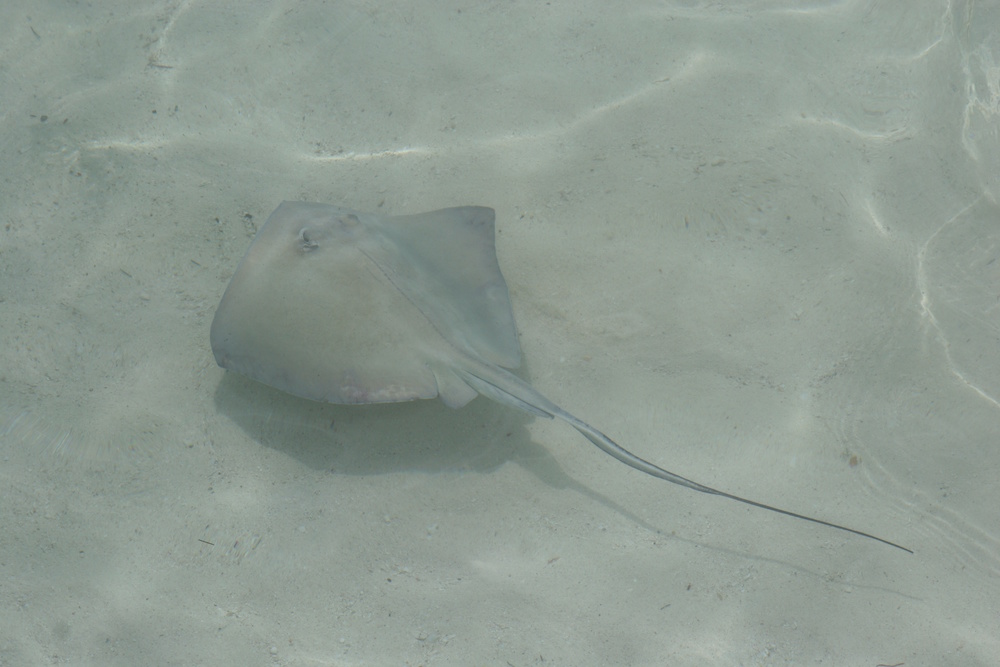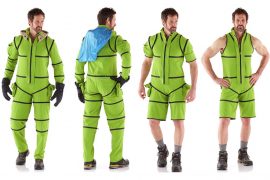Whether you hunt or fish or enjoy both activities, your passion for your sport gets you outside more often than the average Joe. Spending that much time outside means we have all head some pretty amazing encounters with wildlife. Encounters with a wide variety of wildlife can be the highlight of a trip and is something we sportsmen universally appreciate. But we have heard stories or even personally experienced situations where these wildlife encounters can go sideways.
Wildlife is wild, that is obvious but also worth repeating. Wildlife is wild and will not respond predictably like a pet, no matter howe cute or how attempting it is to approach. Check out these tips for how to safely enjoy these unique encounters with wildlife.
General Tips
These are tips that apply to any sportsman that is hiking while hunting or fishing and is going to be primarily on land. These tips apply to large and small critters alike. Ultimately however, avoiding a too-close-for-comfort encounter in the first place is the best plan, so stay alert!
- Use the buddy system whenever you venture out into nature. Having at least two people in your party will give you safety in numbers, more people watching and listening, and more people to solve problems and lend aid. We realize that for some people the outdoors is a place to be alone, if you are purposely doing some solitary hunting or fishing make sure to “file a flight plan”. Tell a couple people exactly where you are going, how long you will be gone and when to expect you to check in.
- If you find yourself suddenly too close to wildlife, do not turn your back and run. Instead you should back away slowly but purposely while being quiet. At this point you want to convey that you are not a threat, and not an easy meal. While backing away make sure you leave the animal an easy exit if they want to bolt, a cornered animal that cant escape has no choice but to become the aggressor, even if they are cornered by something much larger.
- Keep safe distances from wildlife that you see a long way off. The fact that seeing some animals is a rare and special experience makes people want to get closer. Animals will defend themselves if they feel threatened. Avoid getting too close and directly approaching wildlife. Take a parallel path that takes you to a safe viewing distance before moving on. A pair of binoculars and a spotting scope can help you safely see better.
Large Land-based Wildlife
Here is some extra advice for encounters with larger animals like bears, mountain lions, wolves, coyotes, and even deer and elk.
- If you feel threatened, appear as large as possible while calmly backing away. In the case of bears and mountain lions hikers have had success deterring an attack by standing together or getting on each-others shoulders to appear taller. Also waving your hands above your head and opening up your jacket can make you look bigger.
- Avoid getting between adults and offspring, especially with bears but it is a good policy with all wildlife. If you see juveniles make sure to locate the parents and make sure you don’t appear as a threat to their young.
- If you are attacked or an attack is imminent, fight like hell. Obviously use any weapon at your disposal, throw sticks and rocks, growl and shout.
- When spending the night outdoors you need to prepare for proper food storage. Keep food, trash, and anything with a strong scent like your camp kitchen and personal hygiene items at least 100 yards from your sleeping area. The food should be suspended 10-15 ft above ground and 4 ft from the sides and top of the support. Bring a bear approved container with you if one is not provided at your campsite.
Small Land-based Wildlife
Small critters can be a nuisance but they can also be a threat. If they get into your packs they can consume provisions and damaging gear. They can also be dangerous as they carry diseases like the hantavirus, parasites, fleas, and ticks.
- Keep your gear out of undergrowth and in the open. Keep gear and food individually wrapped and sealed.
- Do not intentionally feed wildlife ever, even a cute squirrel or chipmunk. They are prone to bite and can transmit diseases that way.
- Don’t leave packs unattended, rodents can be fearless and very fast. Their sharp teeth can to damage to your gear quickly as they search for food.
- Avoid turning over logs or rocks, scorpions and snakes can be laying in wait.
Marine Wildlife
There are a host of dangers in the sea that range from obvious to subtle.
Sharks – In reality shark attacks are very rare but here are some tips to keep in mind.
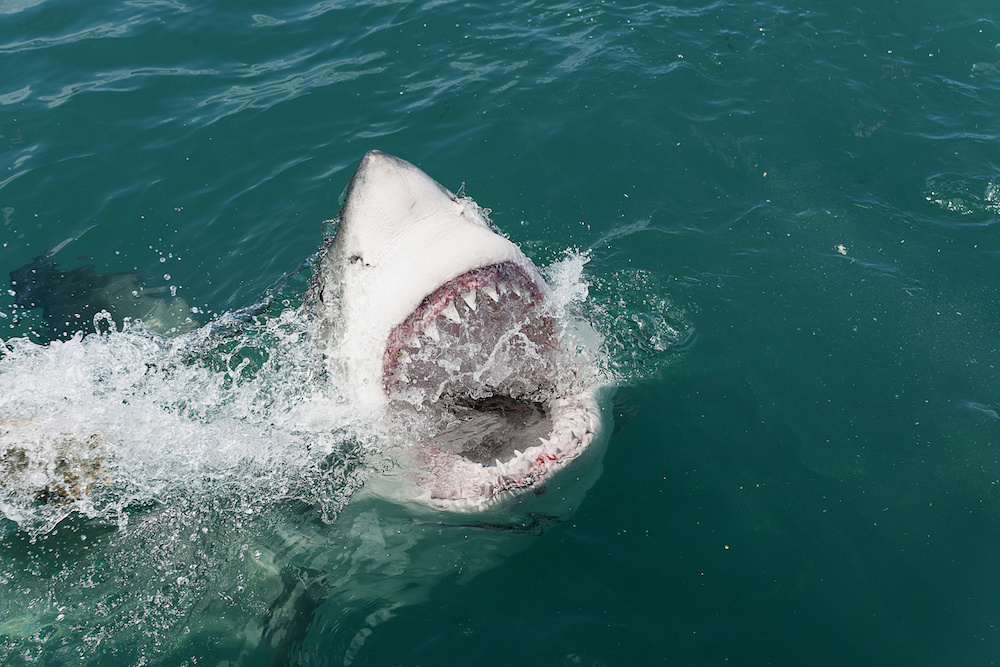
- Do not swim with dolphins or seals in the open ocean. If a shark approaches the group you will be the slowest member to flee and the easiest prey.
- Sharks looking for an easy meal are attracted to fishing boats so stay clear of the fleet if you are swimming.
- Blood attracts sharks, so obviously stay out of the water if you are bleeding.
- Stay out of shark infested waters, seriously. Ask around if an area is prone to shark sightings before swimming.
- Avoid looking like a seal. Be very alert when wearing a wetsuit and fins.
- If you see a shark, fight back. Hit the face (especially the nose), eyes, and gills of a shark.
Jellyfish – jellyfish stings range from mildly uncomfortable to deadly. Here are tips to avoiding them all together.
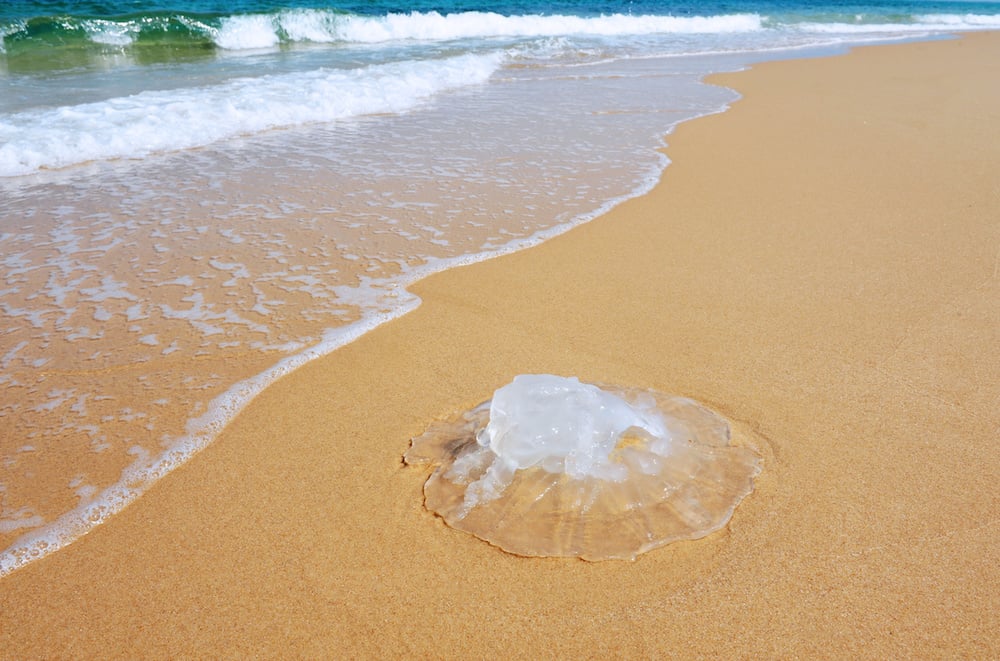
- Avoid areas with a high frequency of jellyfish. Check with the lifeguards or local officials for information.
- Strong onshore winds increase the chance of jellyfish along beaches.
- Wear a wetsuit or rash guard, the jellyfish tentacles need to make physical contact to provide a sting.
- After diving under the water, look up before surfacing to avoid coming up underneath a jellyfish.
- If stung, remove the tentacles or any pieces on your skin, rinse with vinegar or baking soda, seek medical attention if you experience more than a red welt.
Rays – Many rays have a stinger that they use to defend themselves. Use these tips to avoid being stung.
- Talk to locals and find out when the local rays breed. During the breeding season the shoreline can be think with rays mating.
- Because rays burry themselves in the sand they can be hard to spot even in clear water. Take precautions, most importantly do the stingray shuffle. Slide your feet without picking them up. You will alert rays to your presence and the will move rather than let you step down on their stinger.
- If stung, remove the stinger and use the saltwater to clean the area. As soon as possible soak the sting in hot water. Go to the hospital if the pain spreads beyond the sting site or swells excessively.
Other – Watch out for the following as well.

- Urchin spines are very sharp and will break off inside your skin if you step on them, keep an eye out.
- Sculpin and other fish have poison spines so watch where you step and also how you handle unknown fish that you catch.
- Eels have a nasty bite and sometimes an electric shock, use caution when around rocks and especially when sticking your hand in holes to pull pout lobster.
About Fin & Field
#FinandField #FYNA #DreamBig2016
Fin & Field is all about finding your next adventure. We’re working hard to provide the most comprehensive listing of services, reviews, and far reaching community available to help you take the guesswork out of planning your next adventure.
We believe in the ethical pursuit of hunting and fishing adventures and support taking from the land only what you can use and leaving it in better shape than you found it.
Tight Lines & Happy Hunting!
Visit us at www.finandfield.com

